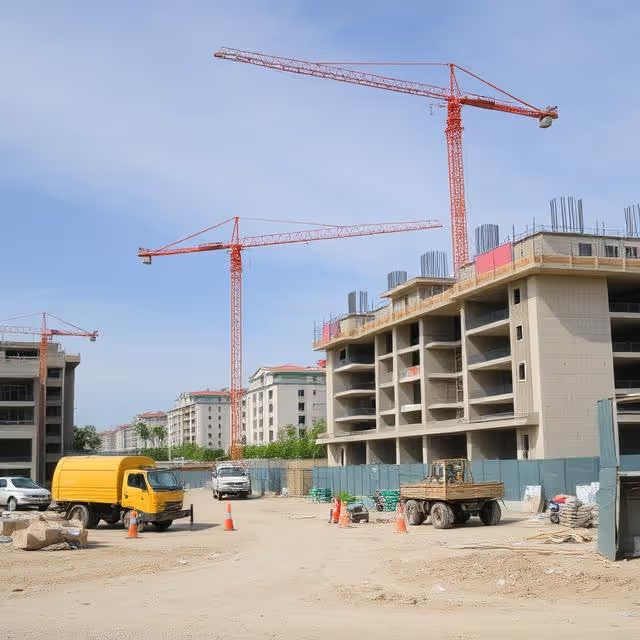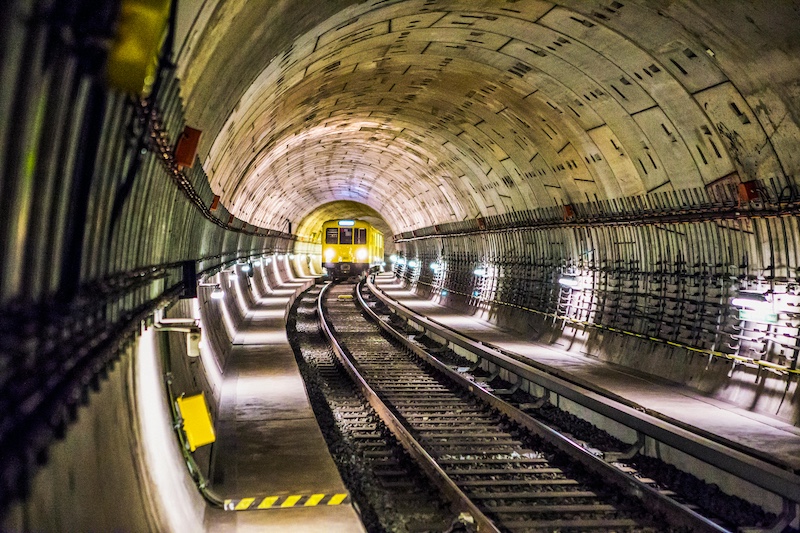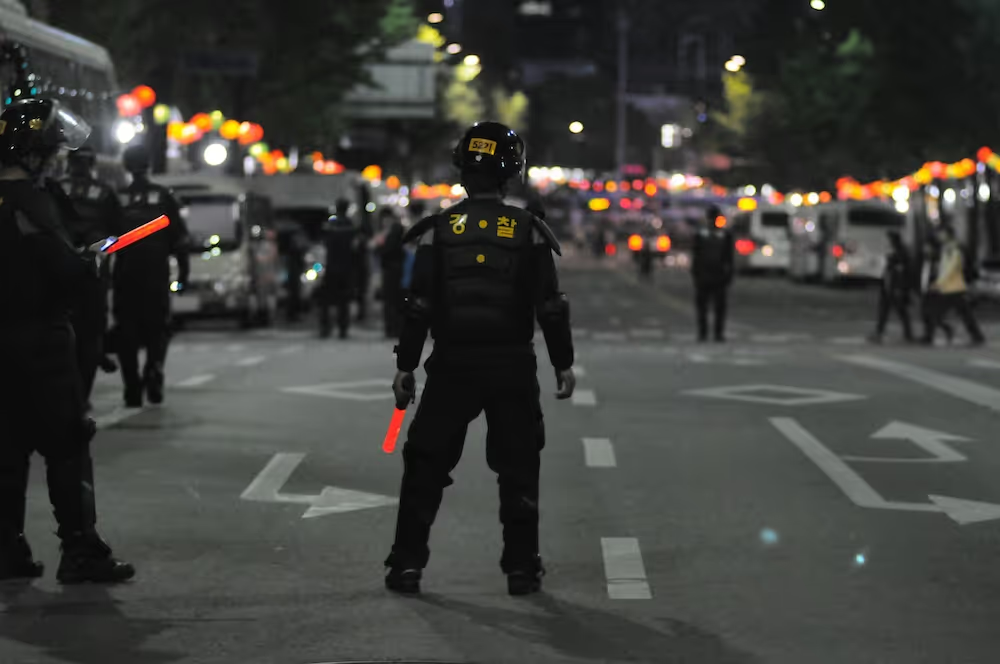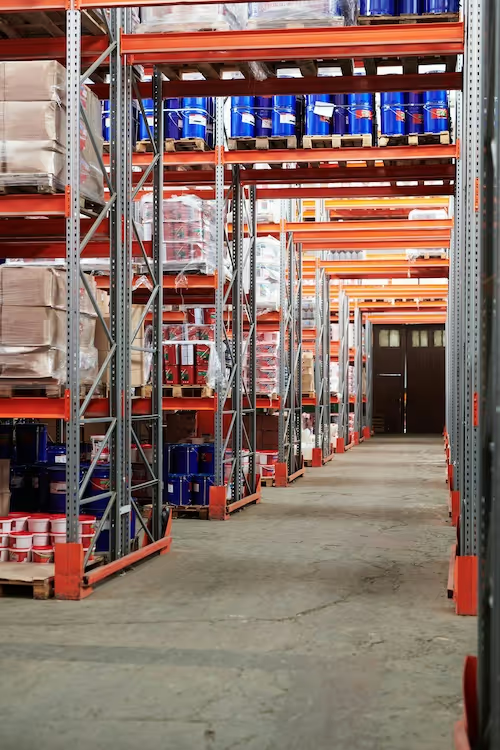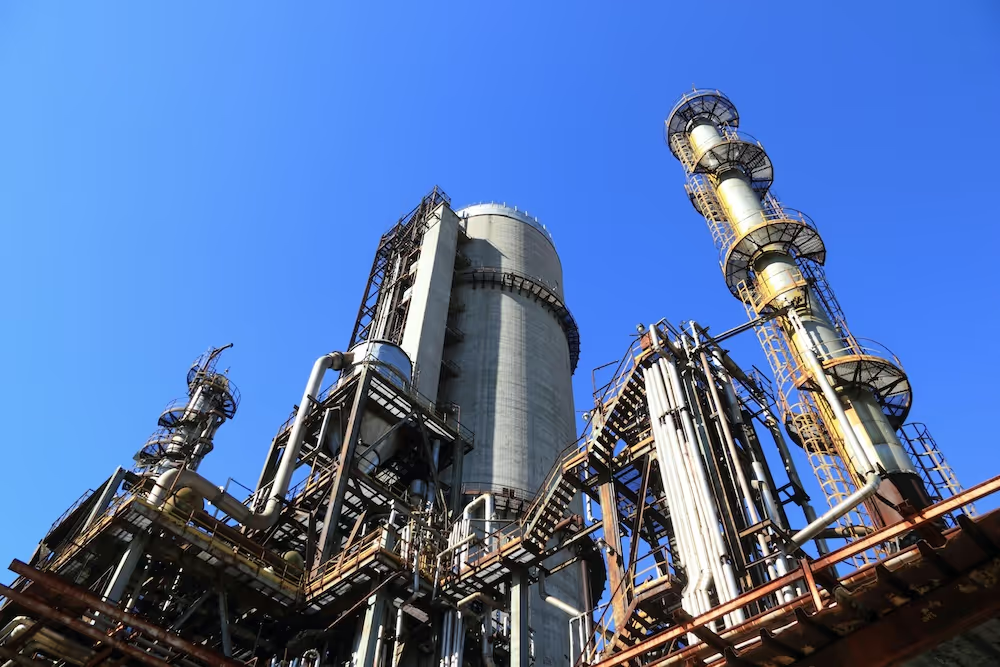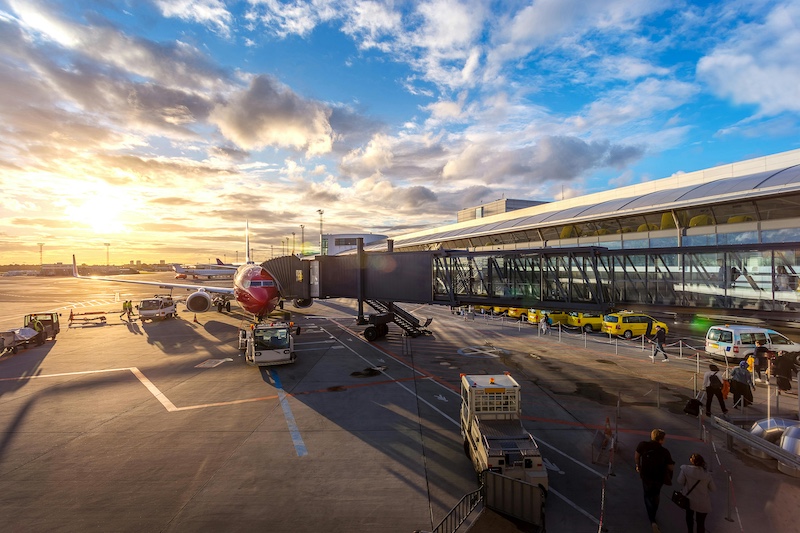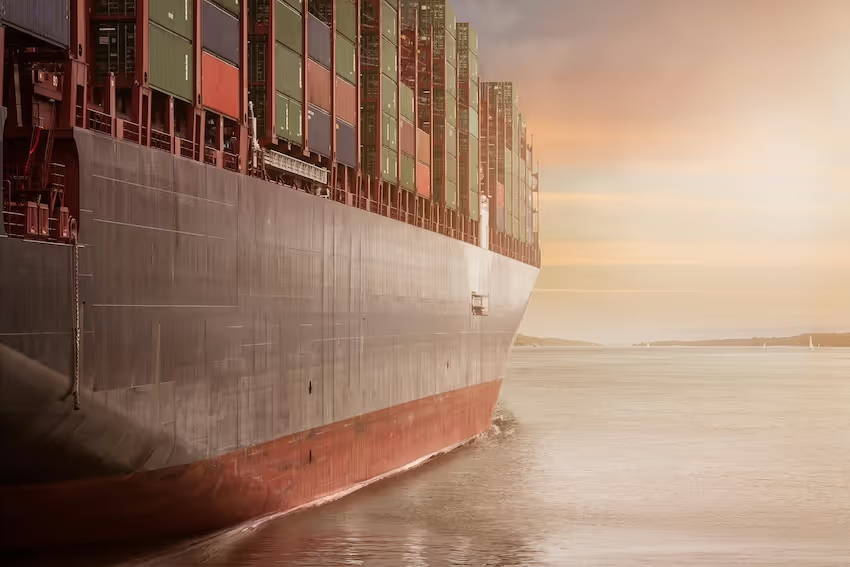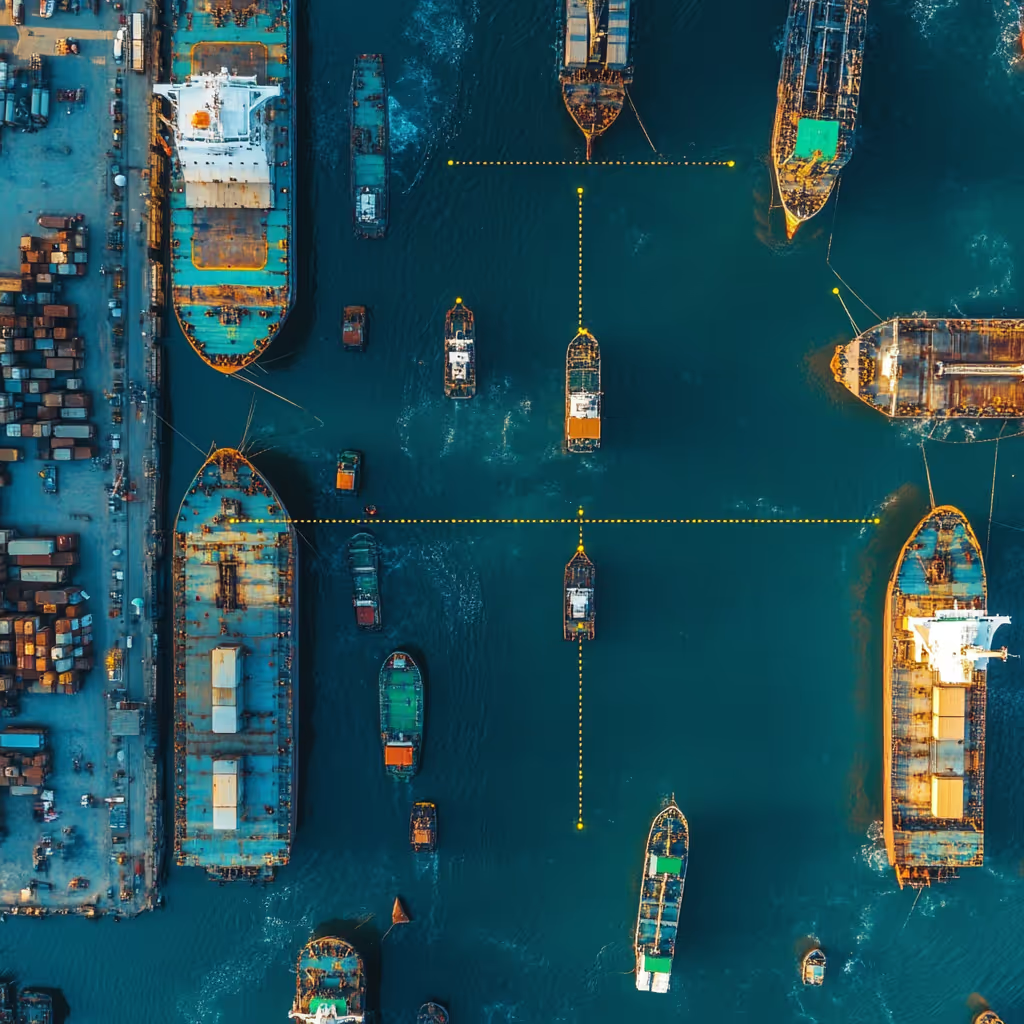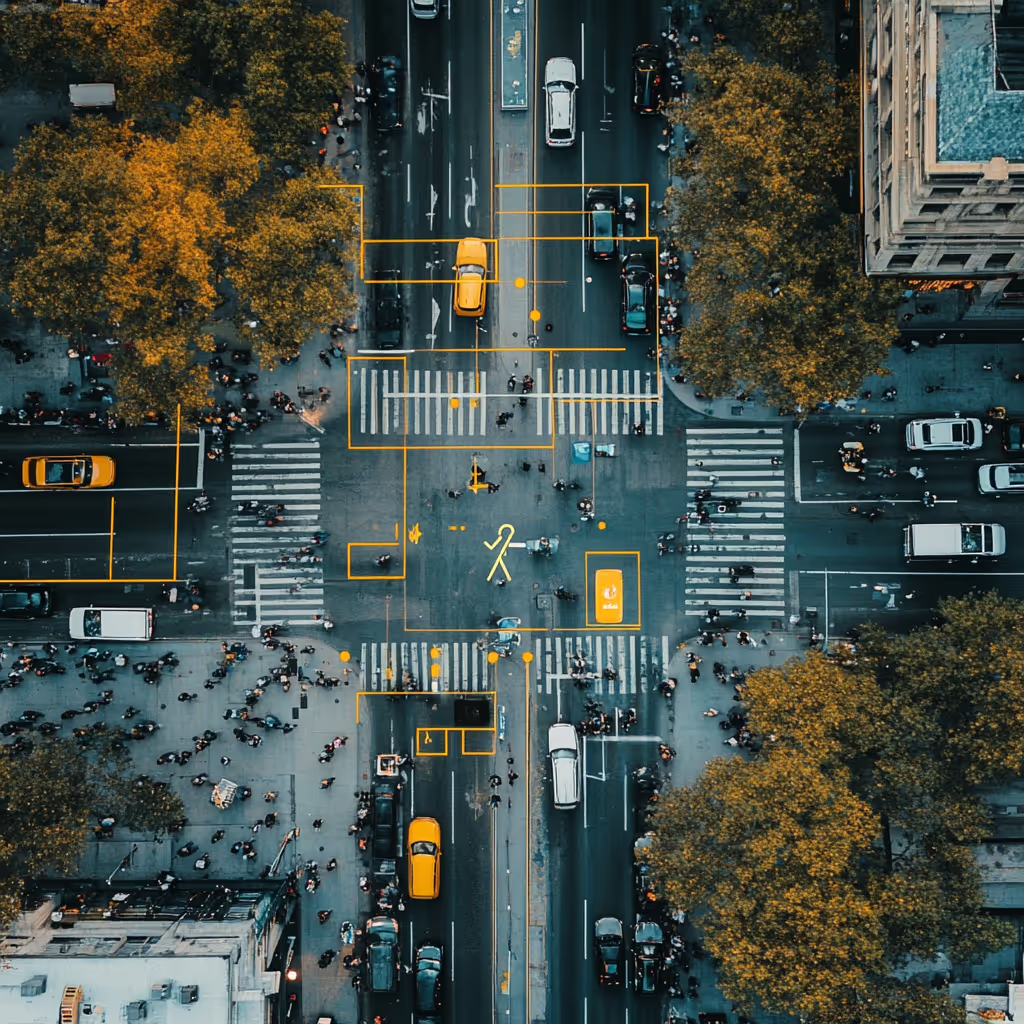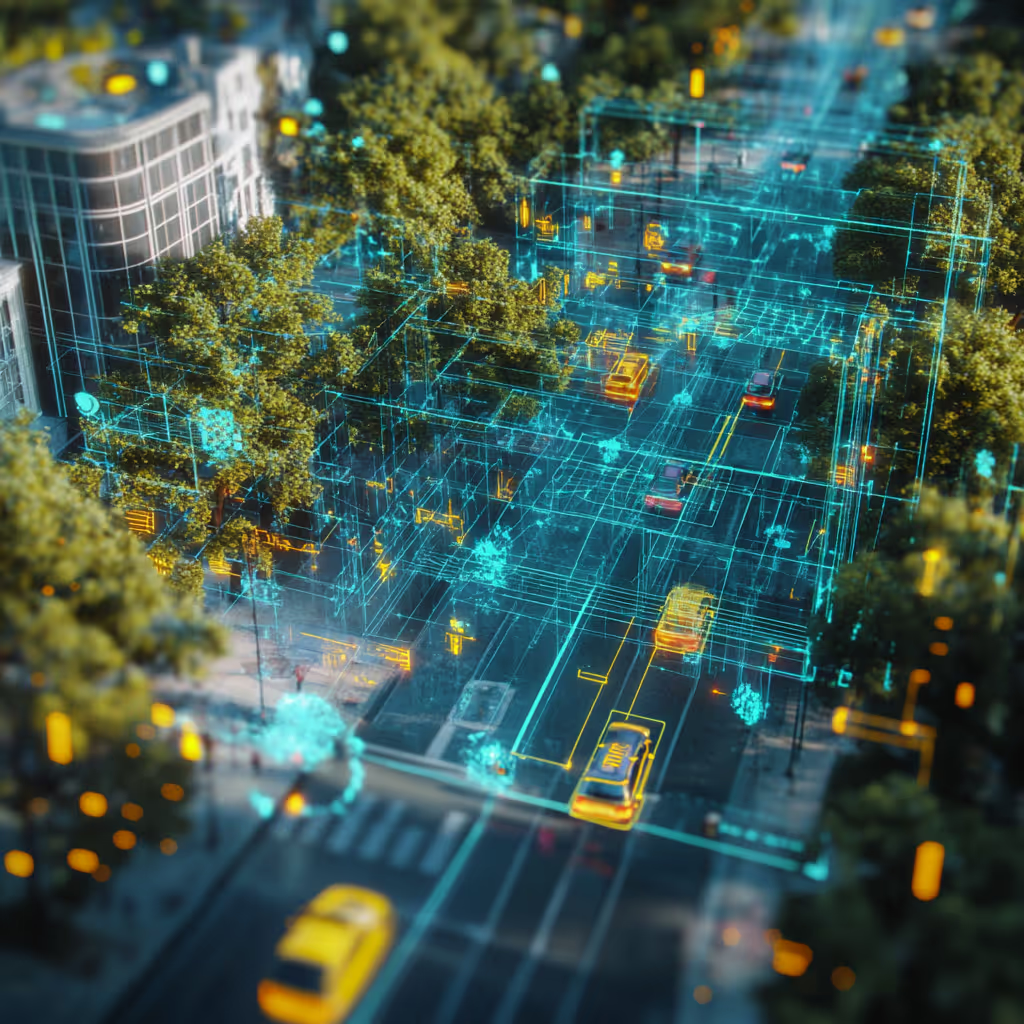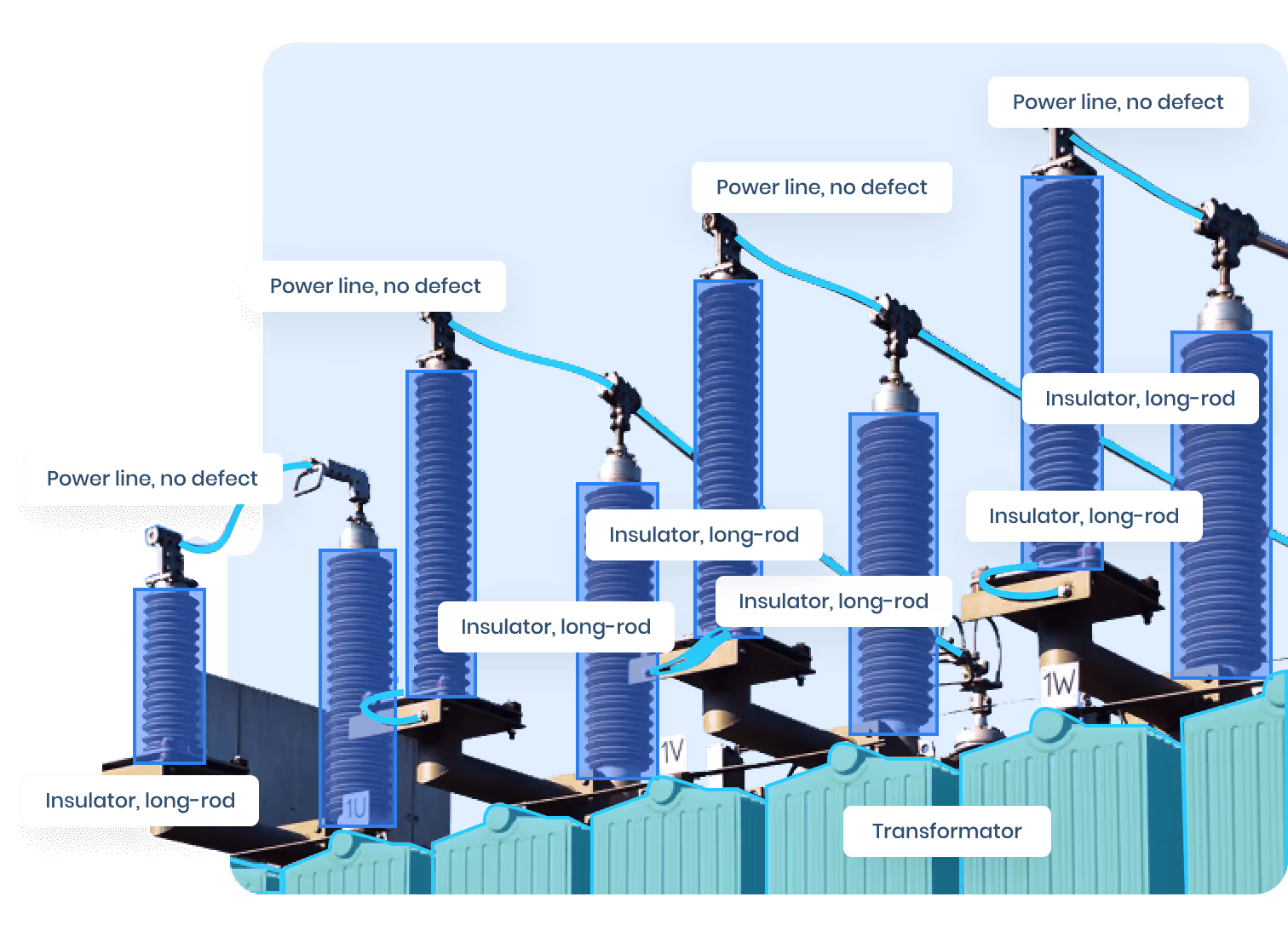Construction sites are some of the most hazardous work environments in the world. With constant activity, heavy equipment, and evolving site layouts, maintaining consistent safety practices can be challenging—even for the most diligent teams. Yet compliance is critical, not only to protect workers but to meet growing regulatory expectations and avoid costly incidents.
To address these challenges, the industry is turning to construction site AI. By combining real-time computer vision with well-structured safety annotation, AI systems are now capable of detecting PPE compliance, flagging danger zone violations, and proactively identifying risks—often before human supervisors even notice.
This article unpacks how PPE detection and spatial awareness are revolutionizing construction safety, with a spotlight on innovation and adoption trends in Australia.
Why Construction Site AI Is Reshaping Safety Monitoring
Traditional safety monitoring on construction sites relies heavily on manual oversight—site marshals, safety inspectors, and sporadic CCTV reviews. While valuable, these methods are reactive and often miss critical moments that lead to accidents. This is where construction site AI provides a game-changing advantage.
AI systems can:
- Automatically detect missing helmets, vests, or goggles through PPE detection
- Monitor real-time activity across large sites with multiple camera feeds
- Send alerts the moment a worker enters a danger zone
- Analyze long-term safety patterns to inform training and workflow redesign
The core enabler of all this functionality? Accurate safety annotation—the process of labeling images or video data to teach AI how to recognize safety risks.
In Australia, where the construction industry is closely regulated under Work Health and Safety (WHS) laws, these technologies are being rapidly adopted to meet compliance and boost site accountability.
PPE Detection: The First Line of AI Safety Defense
PPE detection is one of the most immediate and impactful use cases for construction site AI. Whether it’s hard hats, high-visibility vests, protective eyewear, or gloves, personal protective equipment is essential to reducing injury risk.
To enable AI to detect PPE, teams must first annotate training images and footage with tags that indicate whether PPE is present or absent. This process teaches the model what proper compliance looks like across various lighting conditions, body poses, and camera angles.
Here’s how this plays out in real life:
- AI scans live camera feeds for workers
- It identifies body parts and expected PPE types (e.g., hard hat on head)
- If a required item is missing, the system issues an alert to site managers
- Alerts can be escalated based on frequency or proximity to hazardous zones
Companies in Australia are increasingly relying on this approach as part of their broader site digitization efforts. With rising labor shortages and increasing pressure from insurers, automated PPE detection reduces supervision overhead while strengthening safety records.
Learn how Image Annotation helps detect helmets, vests, and site safety violations in real-time.
Safety Annotation in Australia: Localized Risk Recognition
While general AI models can identify hard hats or vests in generic settings, safety annotation in Australia often needs to reflect local conditions, codes, and weather-specific risks.
Examples of localized annotation requirements include:
- Identifying sun-protective equipment like broad-brim hats or long-sleeve high-vis gear, often required in sunny climates
- Annotating barriers or signage used in Australia-specific worksite layouts
- Tagging kangaroo-proof fencing or regional warning labels in visual data
- Annotating safety gear colored for Indigenous engagement initiatives on public projects
This kind of culturally and environmentally aware annotation helps Australian construction firms comply with both national legislation and community expectations. It also trains AI models that are truly context-aware, rather than imported black-box solutions.
Detecting Danger Zones: Going Beyond PPE
PPE enforcement is just the beginning. Many construction site accidents involve workers who enter hazardous areas—whether knowingly or not. These zones might include:
- Crane operation paths
- Excavation pits
- Material drop zones
- Electrical panels or open switchboards
- Confined spaces or elevated platforms
With the help of annotated video data, construction site AI can learn to recognize these zones and flag breaches in real time.
For example, if a forklift is moving through a designated corridor, and a pedestrian enters that path without authorization, the system can instantly trigger an alert—potentially preventing a fatal collision.
This level of insight is made possible through temporal annotation, where not only objects but sequences of actions are labeled across time. It's this layered understanding—when, where, and how things happen—that transforms AI from a passive observer to an active safety ally.
From Raw Footage to Intelligent Insights: How Annotation Trains AI
High-functioning construction site AI doesn't just emerge automatically. It’s trained through thousands of labeled images and videos that define what safety looks like in practice.
Annotation teams label footage frame by frame, assigning attributes such as:
- Type of PPE visible
- Presence or absence of safety signage
- Worker behavior (e.g., running, standing on edge, bending over)
- Object interactions (e.g., walking near operating machinery)
Over time, AI learns these patterns and can begin to make real-time decisions or escalate risks.
Many Australian companies now invest in custom safety annotation projects to train site-specific AI. Whether it's a new skyscraper in Sydney or a remote roadworks crew in the Outback, localized datasets ensure that AI systems understand not just generic risk—but risks as they actually happen on each site.
For dynamic camera setups, our Video Annotation ensures accurate tracking of workers and equipment.
Dynamic Monitoring for Dynamic Environments
Construction sites change daily. What was a safe passage on Monday may become a restricted zone on Wednesday. For AI to remain accurate, it must be trained to interpret these shifts in context.
This is where dynamic safety annotation comes in. Instead of labeling only static zones, annotation teams tag moving machinery, construction phases, time-of-day risks (e.g., poor visibility at dusk), and weather-related hazards.
For example:
- A site may be safe in dry weather but becomes dangerous when muddy
- A scaffolding area may be off-limits during lifting operations
- Workers may shift from general duties to hazardous tasks as the day progresses
Training AI on this kind of spatio-temporal annotation empowers it to adapt in real time—just like a seasoned safety supervisor would.
Meeting Compliance Standards with AI in Australia
Australia’s WHS framework is one of the most comprehensive in the world, with both federal and state-level responsibilities. For construction firms, this means demonstrating a consistent commitment to risk mitigation, not just reactive fixes.
Construction site AI helps companies meet WHS requirements by:
- Generating auditable logs of PPE compliance and danger zone incidents
- Supporting rapid reporting for incident investigations
- Proving proactive measures during inspections or contract tenders
- Reducing insurance premiums through documented safety improvements
But for this to work, annotation must be rigorous and aligned with Australian safety norms. Labels must reflect real legal requirements—not just assumptions.
Platforms that offer safety annotation in Australia often collaborate directly with WHS experts or use publicly available guidelines (such as Safe Work Australia’s codes of practice) to define annotation criteria.
Need a full AI solution tailored for smart construction? Explore our Custom AI Projects.
Building Worker Trust in AI Monitoring Systems
One concern with AI-based surveillance is that it may alienate workers, especially when poorly explained or overly punitive. Successful implementation of construction site AI depends on transparency, trust, and ethical use.
Companies can build that trust by:
- Informing workers clearly about what is being monitored and why
- Ensuring no facial recognition or invasive biometric tracking is used
- Using anonymized data where possible (e.g., blurring faces in annotations)
- Involving union reps or site managers in the setup process
Annotation plays a role here too. By focusing on behavioral annotation (e.g., location, PPE status, object interaction) rather than personal identifiers, companies can align AI monitoring with ethical safety goals.
Australian Case Studies: AI-Powered Safety in Action
Several construction leaders in Australia are already setting benchmarks for AI-based safety. Let’s look at a few notable examples:
- Lendlease, a global leader headquartered in Sydney, uses real-time PPE detection and AI analytics to monitor compliance across its sites. Their systems are trained on locally annotated footage that reflects actual jobsite conditions.
- CPB Contractors, one of Australia’s largest infrastructure builders, is exploring drone-powered AI safety inspections. Annotated aerial imagery is used to assess scaffold risks, danger zone compliance, and PPE usage from above.
- Transport for NSW has begun piloting construction site AI to enforce pedestrian exclusions and traffic management at major highway upgrade sites, using smart cameras trained with custom annotation datasets.
These initiatives highlight a critical truth: AI doesn’t just enhance safety—it redefines how we understand and enforce it, especially when driven by high-quality, context-aware annotation.
Choosing the Right Annotation Partner
If you're a construction firm or safety tech provider looking to deploy AI, the first step isn’t the model—it’s the data. And for that, you need a partner who understands both AI workflows and your industry.
Look for annotation teams with:
- Proven experience in construction site safety annotation
- Familiarity with Australian WHS laws and terminology
- Support for video-based and time-sequence labeling
- Quality control protocols to reduce false positives
- The ability to scale with your data volume and complexity
An expert annotation provider can turn your raw footage into training-ready data that powers AI to see, analyze, and act.
The Future of Safer Construction Starts with Smart Data
From high-rise towers to remote outback installations, the need for safe, compliant, and efficient job sites is universal. Construction AI offers a scalable way to meet that need—not by replacing humans, but by empowering them with better tools.
Through high-quality PPE detection and intelligent safety annotation in Australia, companies can go beyond box-checking and create a culture of safety driven by data, not just rules.
The groundwork starts with annotation. Because when AI learns from the right examples, everyone on-site benefits.

